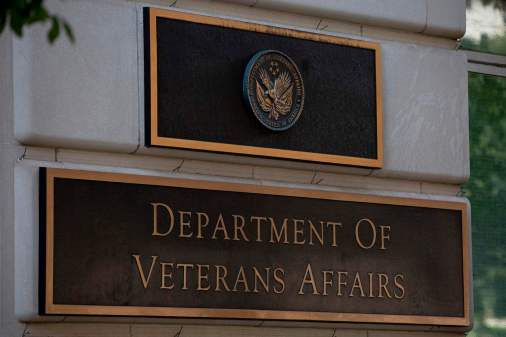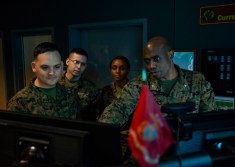D.C. to host innovators at Digital Learning Day
Thousands of education innovators and school leaders will descend on the nation’s capital for one day next month to take part in a national effort to highlight the best practices in digital learning.
Digital Learning Day, an annual event hosted by the Alliance for Excellent Education, is expected to turn the District of Columbia into a digital learning hub March 13, as education innovators from across the country discuss what’s working in their districts and look for ways to use technology more effectively in the classroom.
“We use it as a celebration for effective teaching and learning powered by technology,” said Kamila Thigpen, manager of digital learning policy and advocacy for the nonprofit. “It’s not about getting laptops and netbooks and tablets into the classroom. It’s about making sure that we have strong instructional practice, and that our teachers are empowered to be able to use technology in a way that’s engaging.”
During the fourth annual event, held at the Washington Convention Center, officials from the Education Department are expected to speak about Future Ready, a series of ed-tech initiatives that builds on President Barack Obama’s ConnectED program to increase broadband access in schools.
Selected districts will also be featured for effectively using technology to promote equity and improve outcomes for high-needs students.
The alliance announced Wednesday that Baltimore County Public Schools, Houston Independent School District, Vista Unified School District in California and St. Paul High School in Arkansas’ Huntsville School District will be recognized during the event for what they have accomplished.
“From small, rural districts like Huntsville to very large urban ones like Houston, there are excellent examples of how digital learning is engaging students and empowering teachers across the nation,” Bob Wise, president of the alliance, said in a statement.
Rural turnaround
Nestled between the Bohannon Mountains and the Carlock Mountains, Huntsville, Arkansas, has a population of roughly 2,400 residents.
The remote district, which operates six schools, currently has several requests for proposals listed on its website to install wireless access points in two schools, network cabling in one school and network infrastructure for all of its schools, using funds from the federal E-rate program.
One school in particular, St. Paul High School, went from being a “turnaround” school in need of additional federal resources to one of the top 10 percent performing schools in the state, Thigpen said.
“We’re talking dirt roads, miles to the nearest Walmart,” she said, describing the obstacles students face. “Families are pretty isolated.”
But, in recent years, “they started their digital initiatives, and their primary focus was making sure they had decent broadband access,” she added.
The Madison County school serves about 115 students in grades 7-12 and allows kids to bring their own devices. Classrooms are equipped with Smart Boards and kids share netbooks, Macbooks, iPads, iPod touches and Nooks. The school also has a Mac computer lab and a PC computer lab, and a rigorous STEM after school program.
“What they’ve been able to do in turning around that school is part of the story we really want to tell there,” Thigpen said.
Urban powerhouse
Houston Independent School District is the largest among the selected districts and the biggest public school district in Texas with more than 200,000 students — about 62 percent Hispanic — in grades pre-K through 12. There are 309 schools serving students in nine different municipalities.
In 2013, Houston was the only large urban district to win $30 million in federal Race to the Top funds to support a new “Linked Learning” project-based model of learning. Thigpen said the district’s certified Linked Learning pathways program was a major draw to highlight the work schools have been doing around personalized learning.
“When you look at their districtwide initiatives, personalized learning is front and center of what they’re doing,” she said.
About two years ago, the program piloted in eight schools in the district. Now, about 40 campuses have incorporated the Linked Learning approach.
The idea behind the approach is that students can create their own “learning pathways” to work toward a project or goal in a field that interests them.
For example, ninth graders at Westside High School in Houston were interested in studying digital media and design, which led to a project to create a public service announcement at the end of the year. The PSA incorporated video, Web and other multimedia components, according to a blog post on the school’s website.
“One of the many things we advocate for is personalized learning and deeper learning,” Thigpen said. “Houston is a really good example of all of those things.”
Digital Learning Day will be broadcast live from the National Board for Professional Teaching Standards’ Teaching and Learning Conference in D.C. to an in-person audience of about 3,000 teachers and administrators, and thousands more who can watch online. The hourlong broadcast will feature national leaders in education technology and representatives from the four selected school districts.
For more information about the event, or to sign up to participate, educators can visit www.DigitalLearningDay.org.





